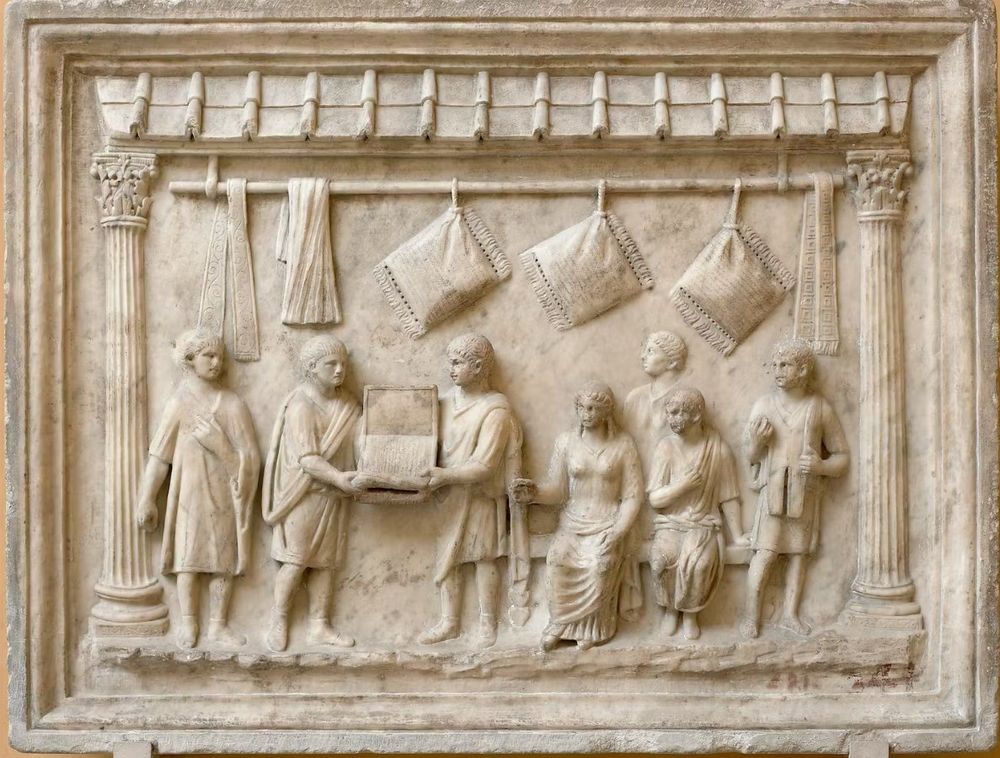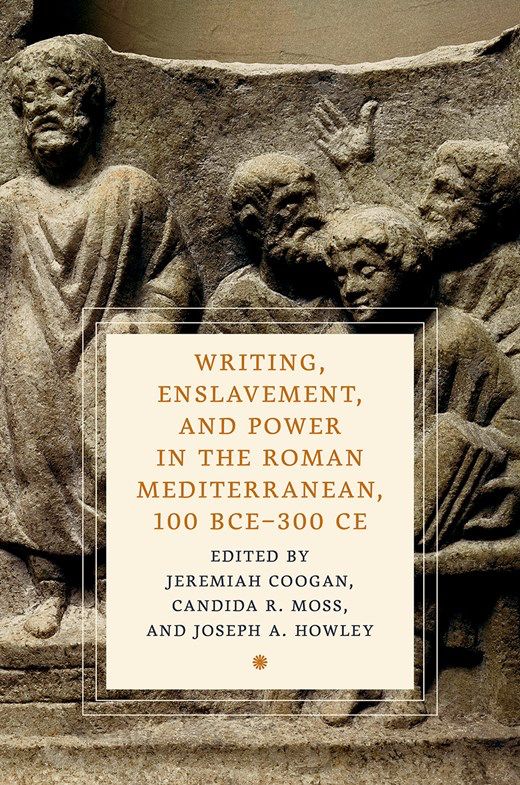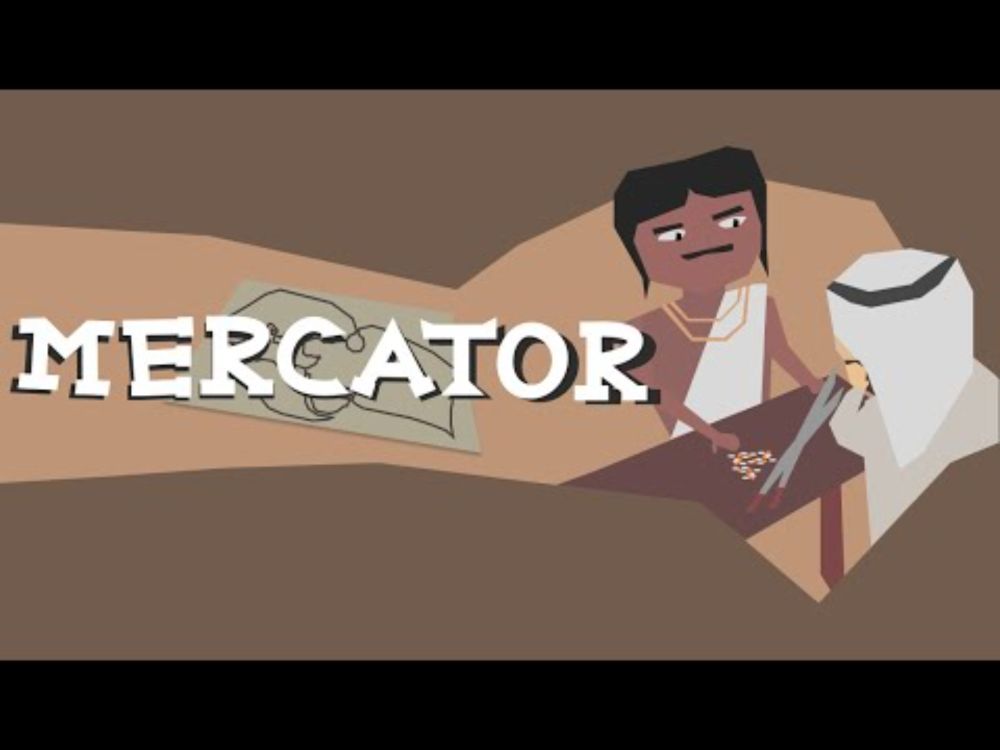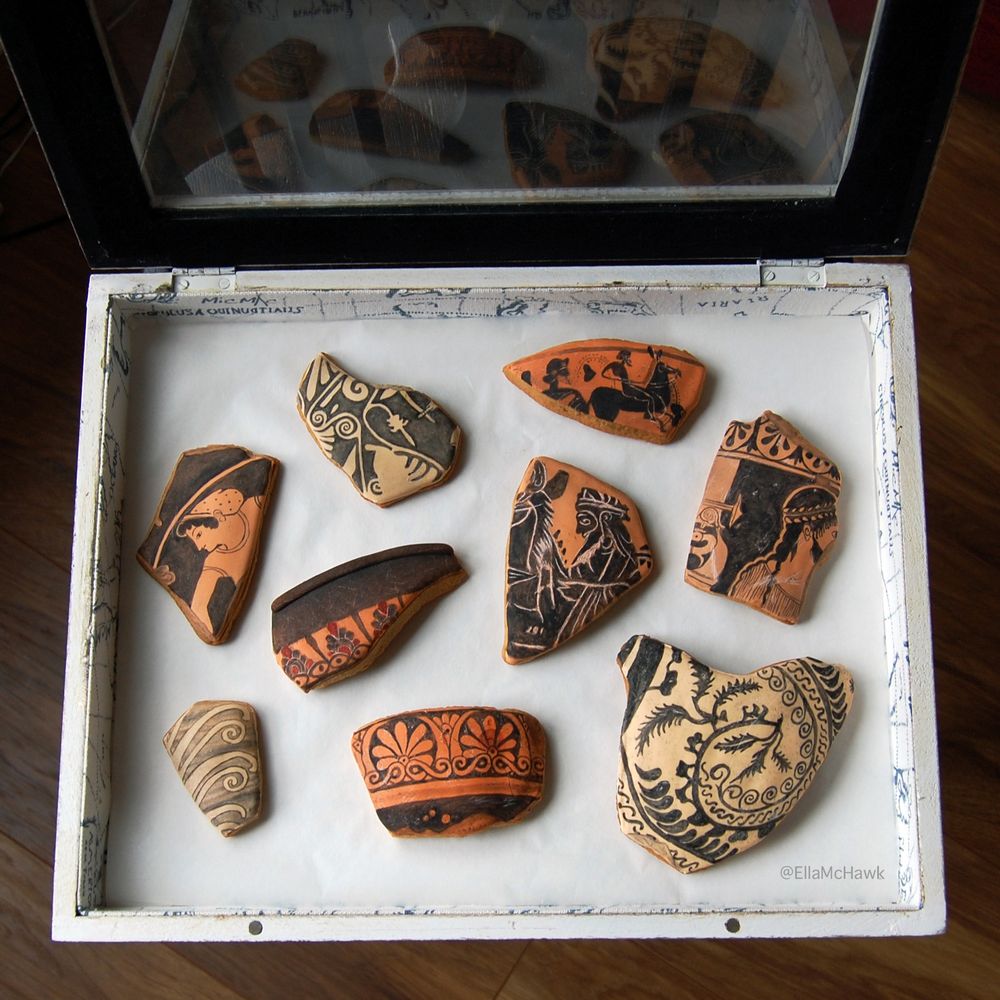Jane Sancinito
@janesancinito.bsky.social
1.9K followers
670 following
160 posts
Asst. Prof. of Ancient History at UMass Lowell. Research: Roman merchants, ancient numismatics, greed, stereotypes. Self: embroidery, tea, long walks, and ice hockey.
Author of: https://press.umich.edu/Books/T/The-Reputation-of-the-Roman-Merchant
Posts
Media
Videos
Starter Packs
Reposted by Jane Sancinito
Reposted by Jane Sancinito
Reposted by Jane Sancinito
Reposted by Jane Sancinito
Jane Sancinito
@janesancinito.bsky.social
· Aug 15
Reposted by Jane Sancinito
Jane Sancinito
@janesancinito.bsky.social
· Jul 16
Reposted by Jane Sancinito
Reposted by Jane Sancinito
Reposted by Jane Sancinito
Reposted by Jane Sancinito
















